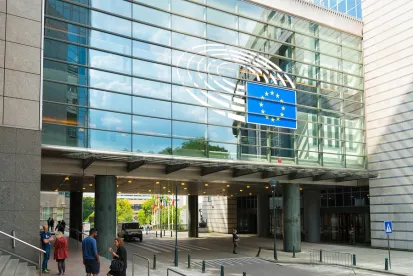On November 19, 2020, the European Food Safety Authority (EFSA) published a report entitled “Environmental Risk Assessment (ERA) of the application of nanoscience and nanotechnology in the food and feed chain.” The authors analyzed existing ERA guidance documents for their adequacy to cover issues that are specific for nanomaterials, but note that none of the guidance has a specific focus on the food and feed chain. Each nanospecific issue was addressed by briefly reviewing the existing methods to address the issue in each separate step of ERA. The report suggests adaptations necessary in exposure assessment and hazard and risk characterization to address nanomaterials. The report lists the following issues that should be addressed in preparing ERA guidance of the application of nanoscience and nanotechnology in the food and feed chain:
-
Collaboration with other European Union (EU) agencies that face similar tasks in updating their ERA guidance for nanomaterials, such as the European Chemicals Agency (ECHA) and the European Medicines Agency (EMA), as well as with method developments in organizations like the Organization for Economic Cooperation and Development (OECD) or the International Organization for Standardization (ISO), to prevent duplication of work and contradictory recommendations in ERA guidance for nanomaterials;
-
Environmental exposure scenarios and models, including their computational implementation for modeling of fate and release, are an essential part of ERA of nanomaterials, meaning that either the existing scenarios and models need to be adapted, or new models need implementation for use with products containing nanomaterials;
-
Development of standardized approaches for conducting exposure and hazard assessment for nanomaterials in benthic and terrestrial environments is lagging behind the developments for the pelagic environment;
-
The aim of applying a nanomaterial formulation needs to be taken into account in its efficacy testing;
-
Dose metrics other than the mass-based metrics commonly used for soluble chemicals are needed for nanomaterials. Metrics based on particle number or surface area may be more informative for fate and hazards of nanomaterials; and
-
Several of the default/shortcut values currently used in lower tiers of ERA need revision where they are derived on the basis of diffusion or thermodynamic equilibrium-based approaches. Several approaches for revision are available for nanomaterials.




 />i
/>i

